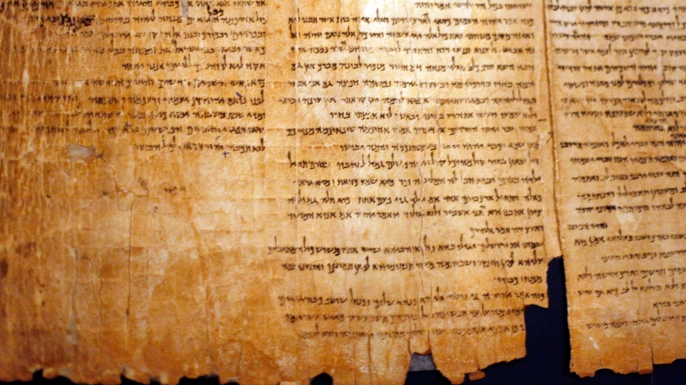HOW IS THE BIBLE PUT TOGETHER?
 Picture Credit: http://cdn.history.com/sites/2/2015/03/LIST-6-things-you-may-not-know-about-the-dead-sea-scrolls-E.jpeg
Picture Credit: http://cdn.history.com/sites/2/2015/03/LIST-6-things-you-may-not-know-about-the-dead-sea-scrolls-E.jpeg
When we open the Bible, what do we find? We soon discover that this larger book is a compilation of multiple books arranged in two broad categories that are referred to as the Old and New Testaments.
Our Christian Old Testament contains the same content as the Hebrew Bible, or the Jewish Scriptures, except the arrangement is different.
The Old Testament begins with creation in the Book of Genesis and takes us to God’s dealings with Israel until about 400 B.C.
The New...more
